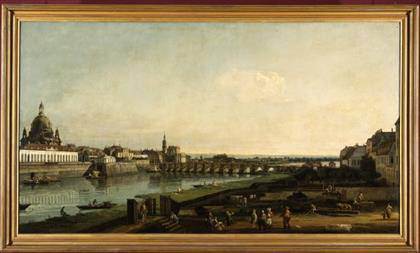
Lygia Clark (Brazilian, 1920–1988).
Planos em superfície modulada no. 2, versão 01
(Planes in modulated surface no. 2, version 1).
c. 1957.
Industrial paint on wood, 31 ½ x 26 3/4? (80 x 68 cm).
Luiz Paulo Montenegro Collection.
Photo credit: Eurides Lula Rodrigues Cardoso, Courtesy Associação Cultural “O Mundo de Lygia Clark,” Rio de Janeiro
Lygia Clark: The Abandonment of Art, 1948 – 1988 / MoMA videos
Lygia Clark: The Abandonment of Art, 1948–1988 The Museum of Modern Art’s major retrospective devoted to the art of Lygia Clark (Brazilian, 1920–1988) is the first comprehensive exhibition in North America of her work. May 10, 2014–August 24, 2014.]]>
Source: Museum of Modern Art – MoMA
“Lygia Clark: The Abandonment of Art, 1948–1988” comprises nearly 300 works, ranging from the late 1940s to the early 1980s, including drawings, paintings, sculptures, and participatory works. Drawn from public and private collections, including MoMA’s own, this survey is organized around three key themes: abstraction, Neo-Concretism, and the “abandonment” of art. Each of these axes anchors a significant concept or a constellation of works that mark a definitive step in Clark’s career. While Clark’s legacy in Brazil is profound, this exhibition draws international attention to her work. By bringing together all parts of her radical production, the exhibition seeks to reinscribe her into current discourses of abstraction, participation, and a therapeutic art practice.
Abstraction
“Lygia Clark” is organized chronologically, beginning with Clark’s earliest works. From her earliest production, her work was in dialogue with landmark predecessors of modern geometric abstraction, including Paul Klee, Fernand Léger, Piet Mondrian, Vladimir Tatlin, Max Bill, and Georges Vantongerloo.
Neo-Concretism
The following section of the exhibition explores the period embraced by the Neo-Concrete movement (1959–66), a Brazilian vanguard movement that rejected the impersonal and objective quality of concrete abstraction. The Neo-Concretists conceived of their works as existing between art and life, as tools for experiences in the public realm. This section includes most of the final “formal” works done by Clark when she was identified as a Neo-Constructivist artist.
The Abandonment of Art
Between 1966 and 1988, a period that coincided with a personal crisis and subsequent long sojourn of exile in Europe, Clark achieved a radical conclusion to the concepts and practices that she had confronted during the 1960s. During this time, she made very simple objects out of ordinary things such as gloves, plastic bags, stones, seashells, water, elastics, and fabric. These “sensorial objects” were designed to make possible a different awareness of our bodies, our perceptual capabilities, and our mental and physical constraints.
Related content
“Samba Spirit: Modern Afro Brazilian Art” at MFA Boston (exhibition, 2014)
Follow us on:


